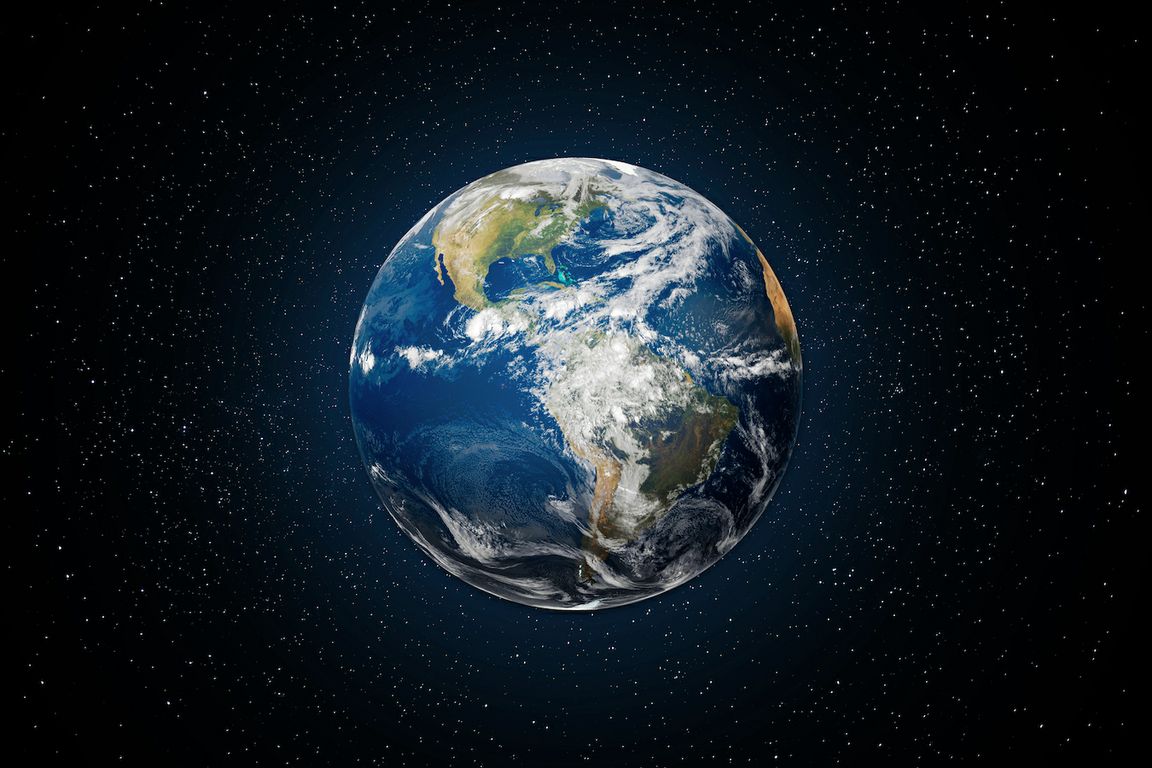Our planet is often thought of as unique in the galaxy, with just the right conditions to support an atmosphere, liquid water and ultimately life. In fact, water is actually much more common in planets across the galaxy than anyone would have imagined just a few years ago. One of the challenges researchers face today is explaining exactly where that water came from.
Even the water here on Earth is a bit of a mystery that has puzzled researchers. But a recent study led by UCLA scientists, together with colleagues at the Carnegie Institution for Science, provides new insights into how water is formed in planets across the galaxy and changes our perspective on how common planets like Earth might be.
The research is published in the journal Nature.
Led by Ed Young, a UCLA professor of Earth, planetary and space sciences, the team came to a surprising conclusion: Several important characteristics of Earth, including its liquid water, might not be accidents at all but inevitabilities.
One popular belief has been that Earth was “seeded” with water from asteroid- and cometlike bodies as they collided with our planet during its formation. But the team’s research suggests Earth’s water is homemade, not delivery.
“In reality, the process that created our water might be very easily reproduced on other planets,” Young said.
Young and his colleagues took what has been learned about rocky “super-Earths” that are found throughout the Milky Way. These types of exoplanets are some of the most abundant in the galaxy.
The researchers used laboratory simulations and sophisticated mathematical modeling to explore the exchange of materials between molecular hydrogen atmospheres and magma oceans. They looked at specific compounds and reactions considered complex enough to yield valuable data about Earth’s possible formative history but simple enough to interpret fully through their model.
The team’s analysis found that during their formation, many of them had extremely hydrogen-rich atmospheres, molten cores, and magma oceans with a lot of oxygen, just like Earth.
“The hydrogen in the atmosphere, which can only dissolve into a liquid, comes into contact with the liquid-hot magma,” Young said. “Under these conditions, the hydrogen and oxygen molecules react to become water.”
If most of the water on Earth was created here, and many of the large Earth-like planets in the galaxy were formed under similar conditions, it stands to reason that there might be a lot of Earth-like planets out there with sufficient water for life.
“Our work shows that we can learn a surprising amount about Earth and our own past from the countless exoplanets that dot our galaxy,” said Hilke Schlichting, a UCLA professor of Earth, planetary, and space sciences and one of the researchers on the project.
The team is now looking to go deeper. They next plan to explore the chemistry of exoplanet atmospheres in even greater detail, which could yield even more insights into our planet and the galaxy as a whole.
For Young, thinking about the Earth not as a unique celestial body but as just another planet is not only humbling, but important.
“History shows that the more we learn about ourselves, the more typical Earth seems to be,” he said. “By changing our perspective about our place in the universe, we might change our approach to how we conduct future research and come to even more earth-shattering discoveries.”
Other co-authors on the paper are scientists from the Earth and Planets Laboratory at the Carnegie Institution for Science.
Tags: Earth, Exoplanets, News, Water
